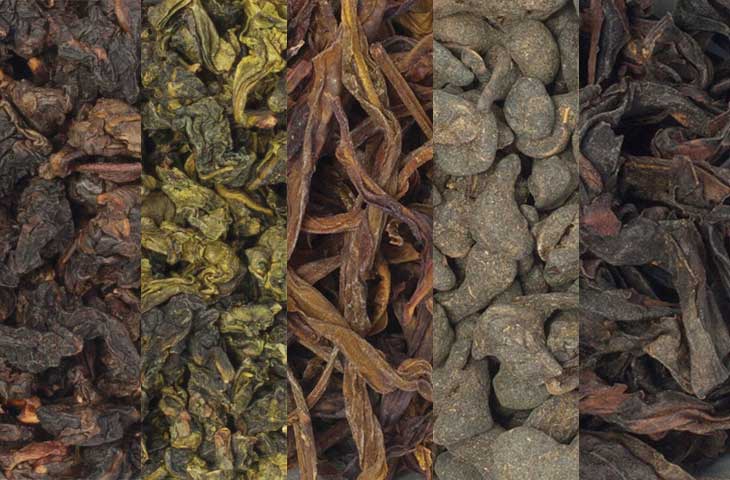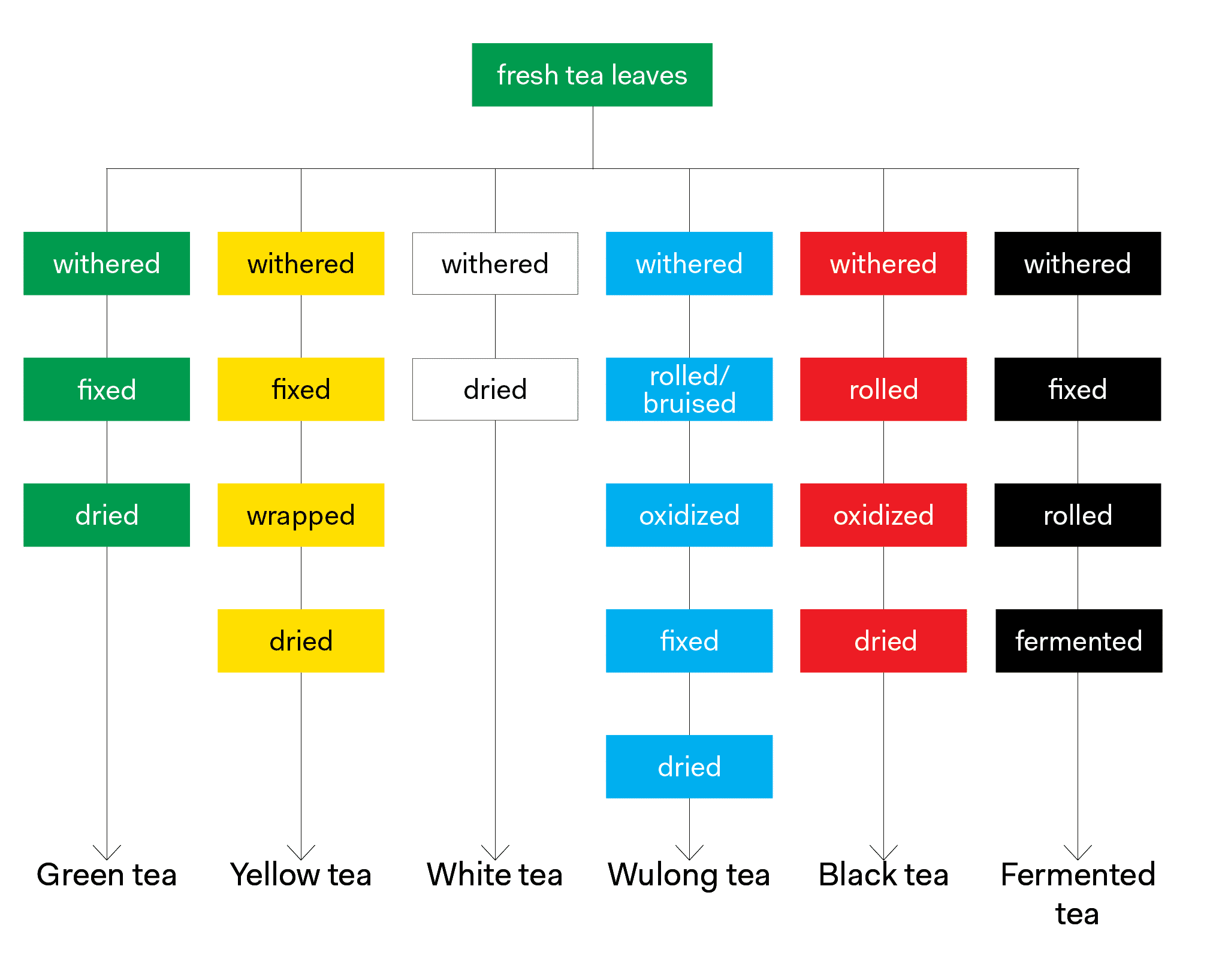Plant Classification
All plants are classified hierarchically by their division, class, subclass, order, family, genus, and species. They are also classified by variety and cultivar when necessary. Here’s how the tea plant shakes out:
- Division → Magnoliophyta
- Class → Magnoliopsida
- Subclass → Dilleniidae
- Order → Theales
- Family → Theaceae
- Genus → Camellia
- Species → Sinensis
Since we’ll only be dealing with the varieties and cultivars of the genus Camellia and the species sinensis we’ll leave out the higher level classifications and just start with Camellia sinensis for the sake of simplicity throughout the rest of this post. When notating plant names, there is a standard nomenclature we’ll use defined as follows:
Genus species var. variety ‘Cultivar’
Here is an example notation using the above nomenclature for a popular Japanese cultivar called Yabukita:
Camellia sinensis var. sinensis ‘Yabukita’
Breaking apart our sample notation, the genus is Camellia, the species is sinensis, the variety is sinensis, and the cultivar is Yabukita.
However, at times, the variety from which the cultivar came is not known, or may be a hybrid between several varieties. In this case, the following notation is also acceptable:
Camellia sinensis ‘Yabukita’
Some confusion arises with the fact that a cultivar is simply a cultivated variety, meaning that someone has recognized variations in a plant and has cultivated it to maintain these variations. The plant is still a variety, but because we’re cultivating it, we call it a cultivar. We know that in the tea world, cultivars are created from one of the main varieties or hybrids between the main varieties of Camellia sinensis used for tea production: sinensis, assamica, and to a lesser extent, parvifolia. This is why we sometimes see a variety and a cultivar listed for tea plants — when a plant exhibits variation within a variety, and is cultivated to maintain this variation, we end up with both a variety and a cultivar.
Simply put, varieties are found naturally in the world, once we propagate them for their variance, they become cultivars.
In fact, many popular tea styles are actually processed cultivars with the same name.
Confusion with the term ‘Varietal’
The word varietal is one that is often misused in the tea world (and also in the wine world). It is often erroneously used interchangeably with the word variety or cultivar.
Here’s the correct dictionary definition adapted for the tea world, note that it’s an adjective:
Varietal (adj) – a varietal tea is one that was made from a single variety of Camellia sinensis.
Correct usage: Tieguanyin is a varietal tea made from the ‘Tieguanyin’ cultivar of Camellia sinensis.
Incorrect usage: Tieguanyin is made from the Tieguanyin varietal of Camellia sinensis.




